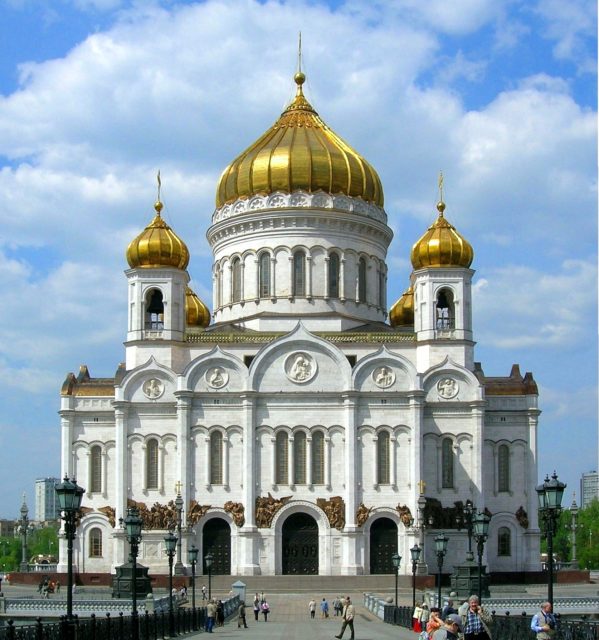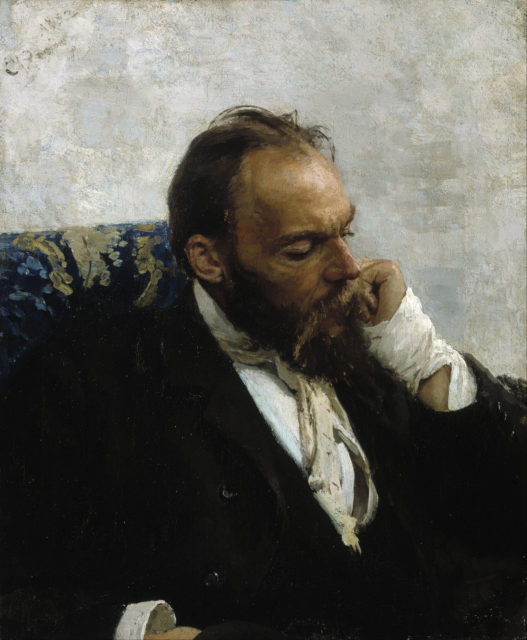Here are some facts about Stalin that wasn't commonly known.
The Second World War saw the rise of some truly monumental figures, on both sides of the conflict. With leaders Franklin D. Roosevelt in America and Britain’s Winston Churchill leading the battle for the world’s future, nations rose and fell on the decisions of a few incredibly powerful men.
One of these individuals in particular – Joseph Stalin – was a titan in the east of Europe, and was instrumental in winning the battle for the Eastern Front. From his poor beginnings in Georgia to the dark myths that still swirl around his time in power, here are four facts about the man who called himself the Man of Steel.
The Georgian Hero
There are few men more associated with Russia than Stalin, but he was not actually from there originally. He was Georgian, and although the country was ruled by the Russian Empire, he grew speaking the local language and maintained a close connection his original nationality.Born in Gori, in the east of the country, he was originally named Iosif Vissarionovich Dzhugashvili. The town of his birth remained extremely loyal to Stalin throughout the years, where he was held up as an inspiration and a national hero.
Decades later, after Stalin’s death, the new Russian Premier Nikita Khrushchev presented a damning speech, in which he heavily criticized his predecessor and attacked the “cult of personality” he had helped create. Although the speech shocked and outraged people around the world, Gori actually erupted into riots as a result, with protests continuing unabated until a military crackdown days later.
Comrade Index Card

However, a rival within the Communist Party had other ideas. When Stalin assumed the position of General Secretary within the organization, Leon Trotsky began referring to him as Comrade Index Card. This belittling title came about because of the slightly mundane secretarial tasks that Stalin had to carry out in his new role within the party.
Trotsky recognized his rival’s potential, of course, and probably wished to paint him as a minor bureaucrat, rather than the Man of Steel he claimed to be. The nickname wasn’t enough to hold him back, however, and Stalin’s rise to power soon had Trotsky on the run.
The Orthodox Priest

Under Stalin’s rule, the Russian Orthodox Church faced intense opposition, and almost completely vanished during the 1930’s. Remarkably, however, he actually once trained to become an Orthodox priest himself.
In the late 1800’s, a young Stalin enrolled in the Spiritual Seminary in Tiflis, the capital of Georgia. Initially, he was an excellent student, achieving high grades and working hard. However, as time went on he had a change of heart and became a committed atheist, rejecting his original path and leaving the religious school in 1899.
The Sinister Scientist

The story goes that the Man of Steel tasked a scientist named Ilya Ivanovich Ivanov with the job of creating a chimpanzee-human hybrid. With substantial funding behind him, Ivanov then traveled to Africa to procure primates that could be artificially inseminated with human genetic material. His experiments were continuing apace, when the Soviet authorities changed their minds and had him fired.
However, although Ivanov was certainly keen to experiment in this dubious field of science, there is very little evidence that Stalin even knew about his work, much less that he was in favor of it. The story is largely rooted in a poorly-sourced newspaper article from 2005, and thankfully it is almost certainly no more than an urban myth.

Interesting post, thanks for the backstory, as it were...
ReplyDeleteBack in 2011, I came across some wine with bottles branded with Stalin's image. Haven't seen the brand since, so I'll assume it was more a gimmick than something with mass appeal in the American market. http://www.radioshownotes.com/2011/12/interesting-choice-of-wine-marketing.html
ReplyDelete